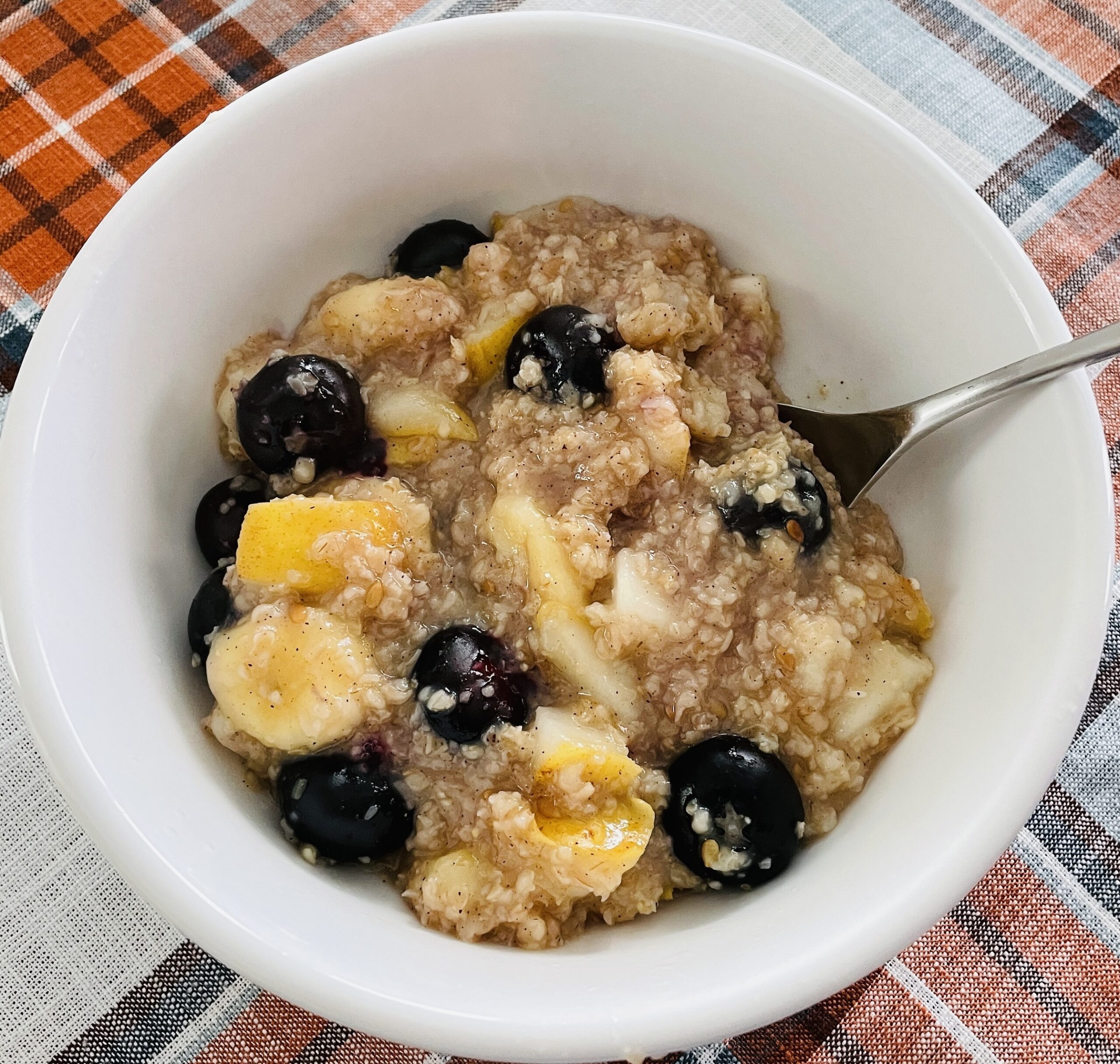Fiber is an essential part of a balanced diet, yet many people don’t get enough of it. Whether you’re looking to improve digestion, manage weight, or boost heart health, fiber plays a crucial role in your wellness journey. But how much fiber do you actually need?
Recommended Daily Fiber Intake (According to the Institute of Medicine):
- Men:
- Under 50 years: 38 grams
- Over 50 years: 30 grams
- Women:
- Under 50 years: 25 grams
- Over 50 years: 21 grams
Why Do Men Need More Fiber?
Men generally require more fiber than women due to their higher caloric and nutritional needs. Here’s a breakdown of why:
1. Higher Caloric Intake
Because men typically have larger bodies and more muscle mass, they need more calories to maintain energy levels. The more calories consumed, the more fiber needed to support digestion and overall health.
2. Increased Muscle Mass
Men’s higher muscle mass boosts their metabolic rate, increasing the need for nutrient-dense foods like fiber to support digestion and metabolic function.
3. Heart Health Protection
Men often face a higher risk of cardiovascular issues, especially earlier in life. Fiber can help lower cholesterol and blood pressure, which are crucial for maintaining heart health.
4. Weight and Appetite Regulation
Fiber is great for keeping hunger in check. Since men typically require more energy and food, fiber helps regulate appetite and prevent overeating by promoting a feeling of fullness.
Fiber Basics: Types and Sources
There are two types of fiber, both essential to a balanced diet:
- Soluble Fiber: Dissolves in water and helps lower cholesterol and control blood sugar. It’s found in oats, beans, apples, and carrots.
- Insoluble Fiber: Adds bulk to stool and supports regular digestion. Sources include whole grains, nuts, seeds, and vegetables.
How to Get More Fiber in Your Diet
Incorporating fiber doesn’t have to be difficult! Here are a few tips:
- Start your day with a high-fiber breakfast like oats or whole grain toast.
- Swap out refined grains for whole grains like quinoa or brown rice.
- Include a variety of fruits and vegetables in your meals—both raw and cooked.
- Snack on fiber-rich options like nuts, seeds, and fresh fruit.
- Drink plenty of water throughout the day to help fiber do its job properly.
A Fiber-Friendly Day of Eating
Here’s a simple day of meals that incorporates plenty of fiber to meet your needs:
- Breakfast: Oatmeal with chia seeds, berries, and almonds (10g fiber)
- Lunch: Grilled chicken salad with mixed greens, quinoa, and chickpeas (12g fiber)
- Snack: Apple with peanut butter (6g fiber)
- Dinner: Stir-fry with brown rice, tofu, broccoli, and bell peppers (8g fiber)
By making small adjustments to your meals, you can easily reach your daily fiber goals, whether you’re a man aiming for 38 grams or a woman targeting 25 grams.
Final Thoughts
Fiber is a key player in maintaining overall health, especially for active men and women. Not only does it support digestion, but it also helps with weight management, heart health, and metabolic function. By gradually increasing your fiber intake and adding variety to your meals, you’ll find it easier to hit your daily targets and feel better overall.
So, start today—add a little more fiber to your plate, and see how your body thanks you!



